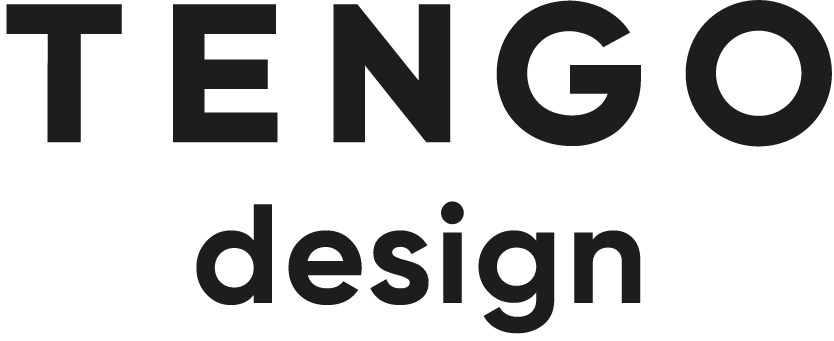How to bring employees back to the office?
It's undeniable that the way we work has undergone significant changes since the pandemic. Many employees transitioned to remote work from the comfort of their homes. Today, as offices are once again operational and safe, a substantial number of individuals are reluctant to give up the convenience of working from home entirely. However, there are effective strategies to encourage employees to return to the office, whether on a permanent basis or in a hybrid model. In this article, we will explore some of these approaches.
Statistics leave no room for doubt: the workplace significantly impacts its quality!
Building our thoughts and ideas on concrete statistics is crucial. In this regard, we can turn to the findings of the Global Workspace Survey Comparison. This report compiles data from workplace studies conducted worldwide. The results are clear: the workplace has a substantial influence on productivity.
It is essential for the workplace to be flexible and tailored to the needs of employees and teams. Moreover, the actual experience of working within a specific environment should be positive for employees. This approach not only fosters a productive atmosphere but also makes it easier to entice employees back to the office. This, in turn, benefits both the individual and the organization.
The workplace can promote productivity and creative work
An increasing number of people are seeking a work environment where they not only feel comfortable but also one that significantly impacts the quality of their work. Research shows that well-designed workstations influence our productivity and creative thinking abilities. Details such as the arrangement of workstations, comfortable chairs and desks, wall colors, and accessories all matter. Introducing plants into the office can have a positive effect on the overall atmosphere. For these reasons, it's essential not only to tailor the work environment to the needs and expectations of its future users but also to entrust the project to an experienced company that can help create the perfect work environment.
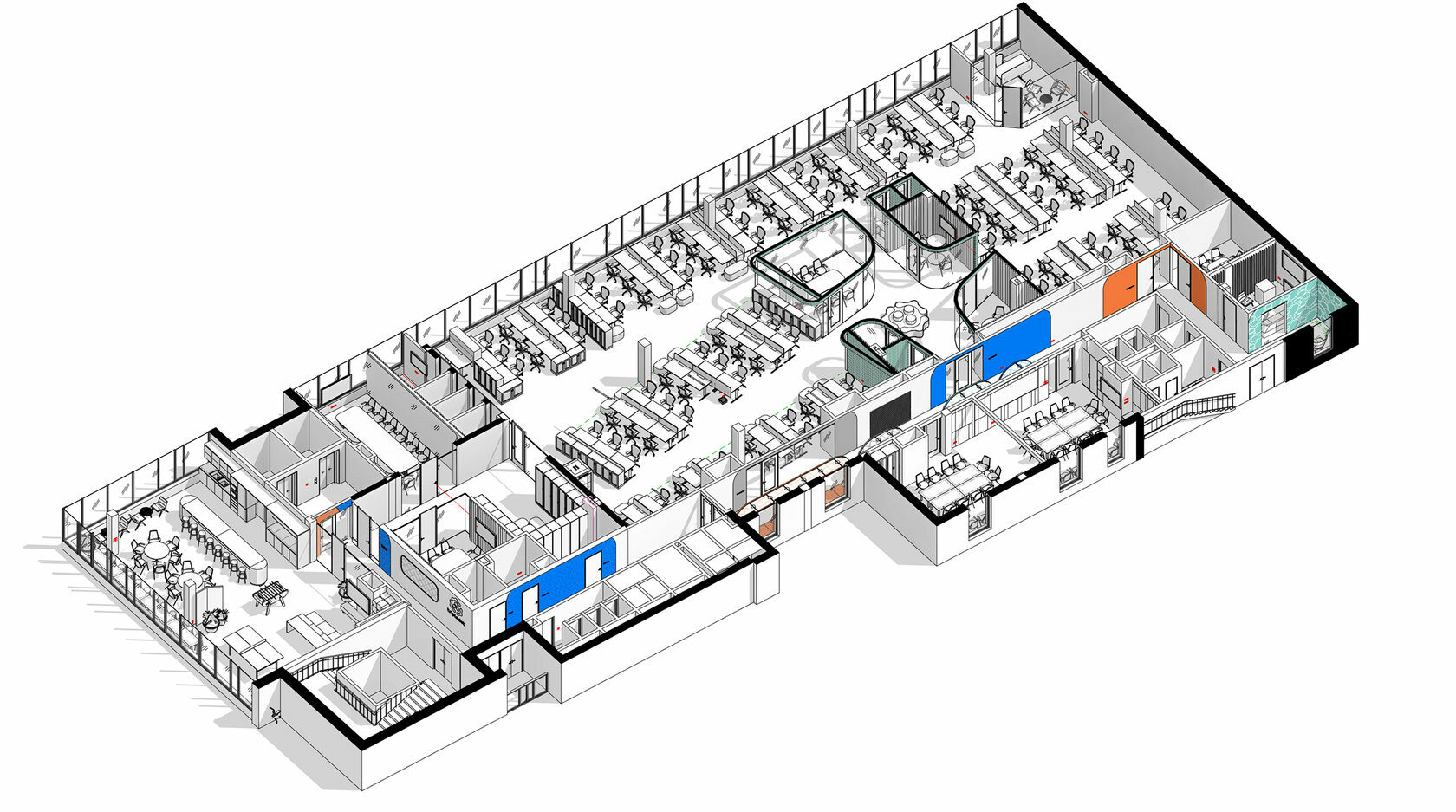
Creating an efficient office space is crucial. Team members should have facilitated communication with each other, often best achieved through an open-space office layout. However, to avoid hindrances to focused work (e.g., due to high noise levels and general commotion), it's essential to carefully plan the design. Proper furniture placement and the use of acoustic panels usually address the issue of excessive noise in a large room. Plants also prove helpful; by placing them near desks, you can reduce noise by up to several percent. Open spaces should also be complemented with smaller conference rooms and office booths. Research indicates that, on average, over 40% of our time in the office (or while working remotely) is spent collaborating with others, both in person and virtually. This needs to be taken into account when designing an efficient office.
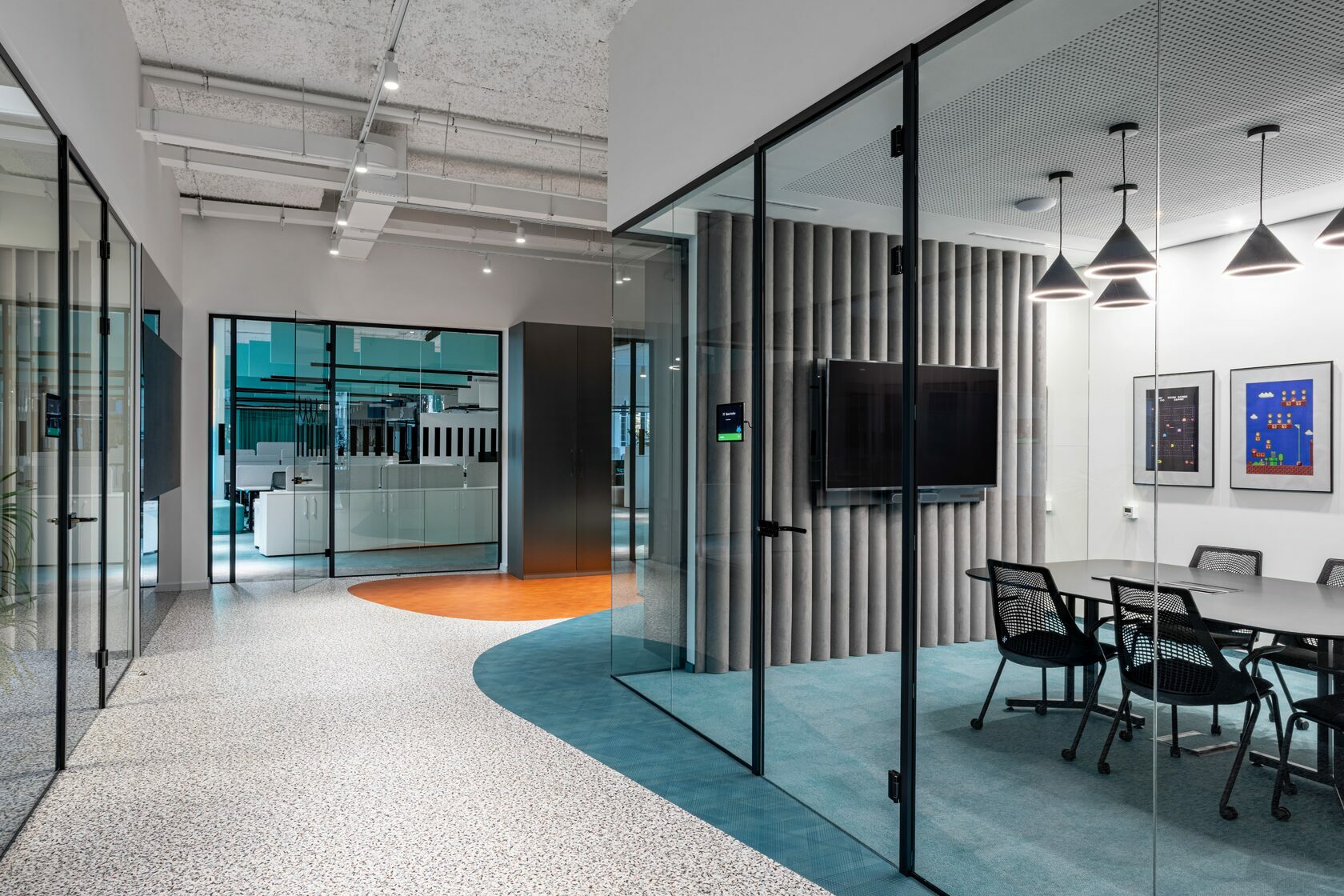
Designing commercial and office spaces today is not solely about creating a functional workspace for effective work. Increasingly, office design is also taking center stage due to employees' growing demands in this regard. To attract them back to the office, it's worth considering this aspect as well.
Creating smaller spaces helps with focusing on demanding tasks
Some employees have become accustomed to remote work, making it challenging for them to concentrate in crowded offices. To maintain productivity, it's essential to provide them with the opportunity to work in quiet, peaceful spaces. Often, this can be achieved through the use of phone booths or small conference rooms. These spaces can serve various purposes while still benefiting from the advantages of open-plan offices. This way, when the need arises, employees can feel almost as comfortable at work as they do at home.
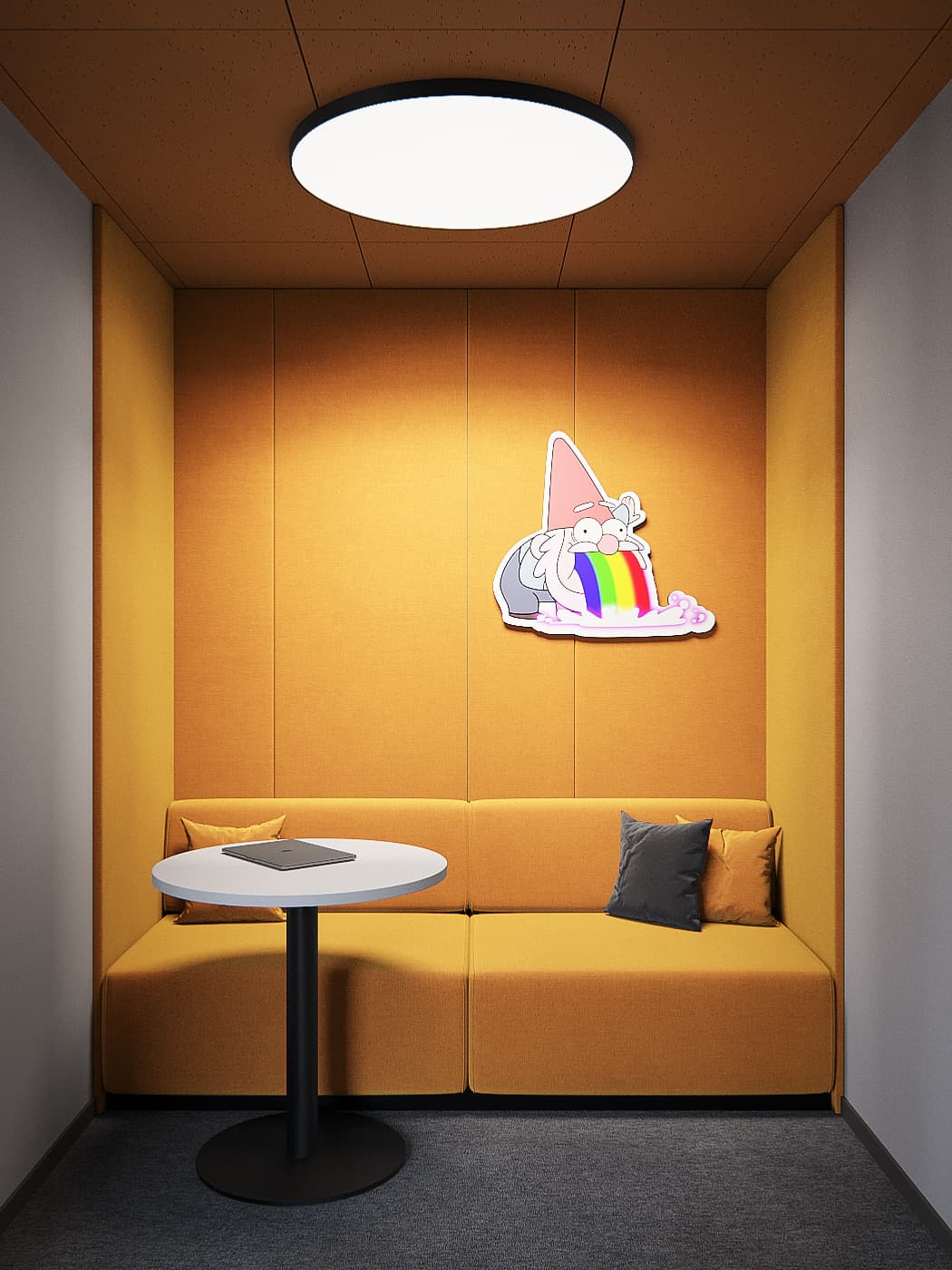
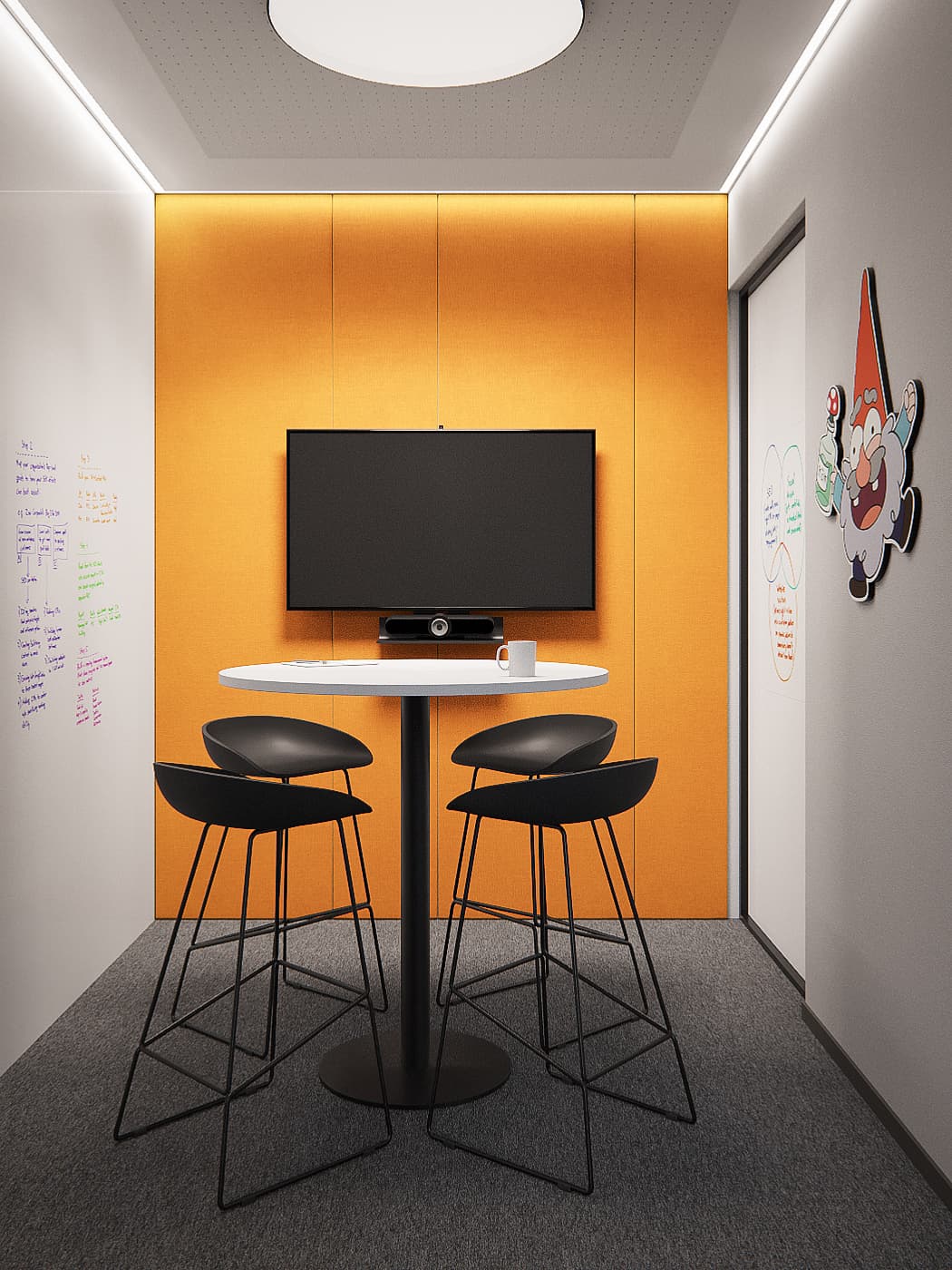
The nature of work in certain departments may require employees to be located in smaller rooms and offices. This is often the case due to the need to handle important documents or hold more confidential meetings in specific locations.
The workplace is not just a place to work
In recent years, offices have become more than just workplaces. They are often spaces where we meet friends or spend leisure time. Even breaks during the workday are often used in a way that, at least in theory, is unrelated to the job at hand. As it turns out, individuals working in a hybrid model increasingly use their time in the office to maintain relationships with their colleagues. This is crucial for job satisfaction and the sense of being part of a real team. Social gatherings during such meetings can also lead to the generation of ideas that are subsequently used during work.
It's no wonder that employers often want to make the time spent at work enjoyable. There are many ways to transform a regular office into an employee-friendly space. Examples include relaxation rooms and playrooms with board games, darts, or foosball.
How to get employees back to the office?
Some companies do not give employees a choice and require them to work from the office. However, this often leads to dissatisfaction among employees, especially if they have become accustomed to remote work. In the vast majority of cases, it is better to encourage employees to return to the office rather than forcing them.
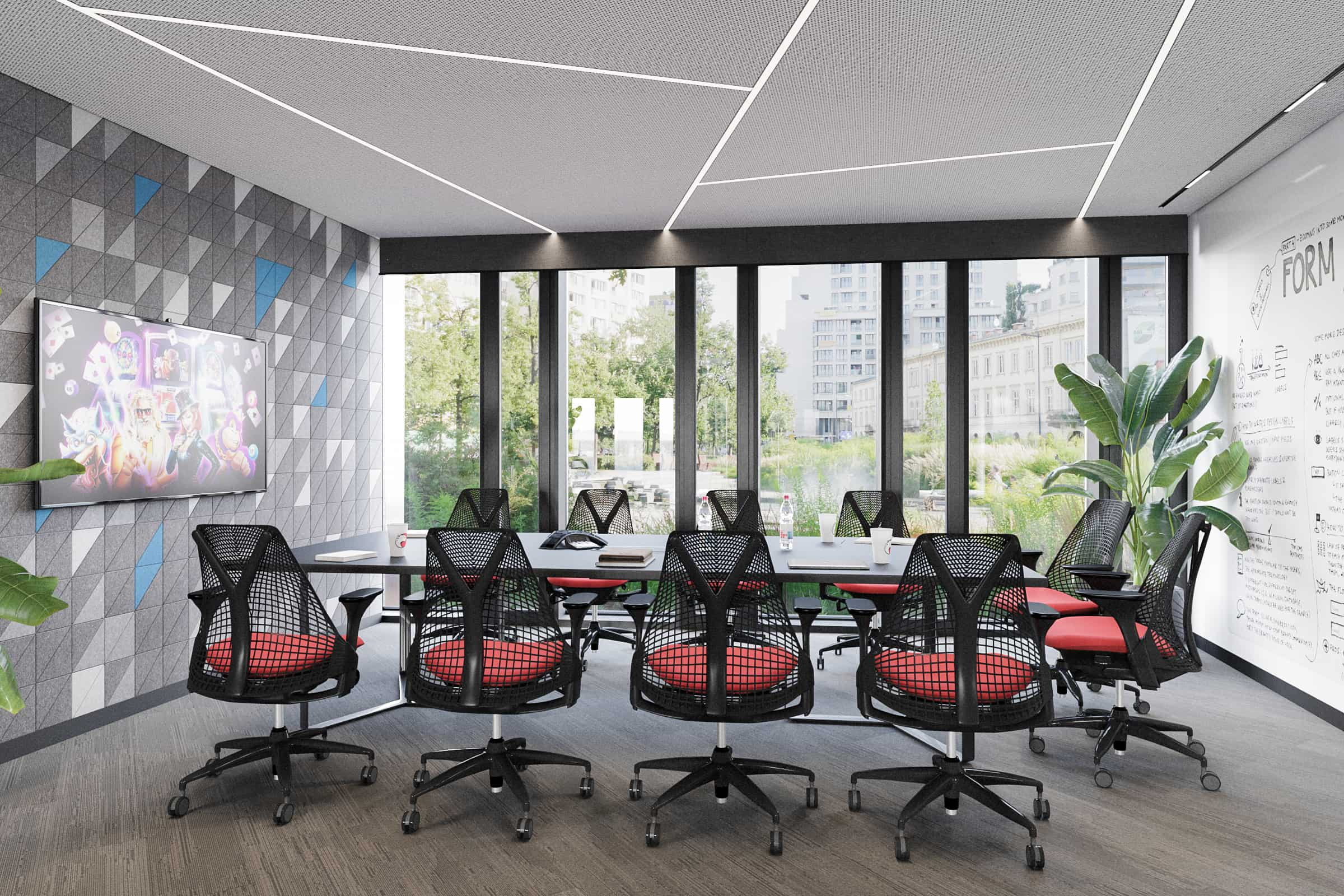

A good solution is to divide office space into areas for team work and areas that allow for focused work. Creating spaces for relaxation and spending time with colleagues also has a positive impact. The overall environment should be designed to make employees feel comfortable and attached to the workplace. These principles should be taken into account when designing office spaces or renovating existing ones.
You can access the report's results at this address: сlick here.
You can access the report's results at this address: сlick here.
